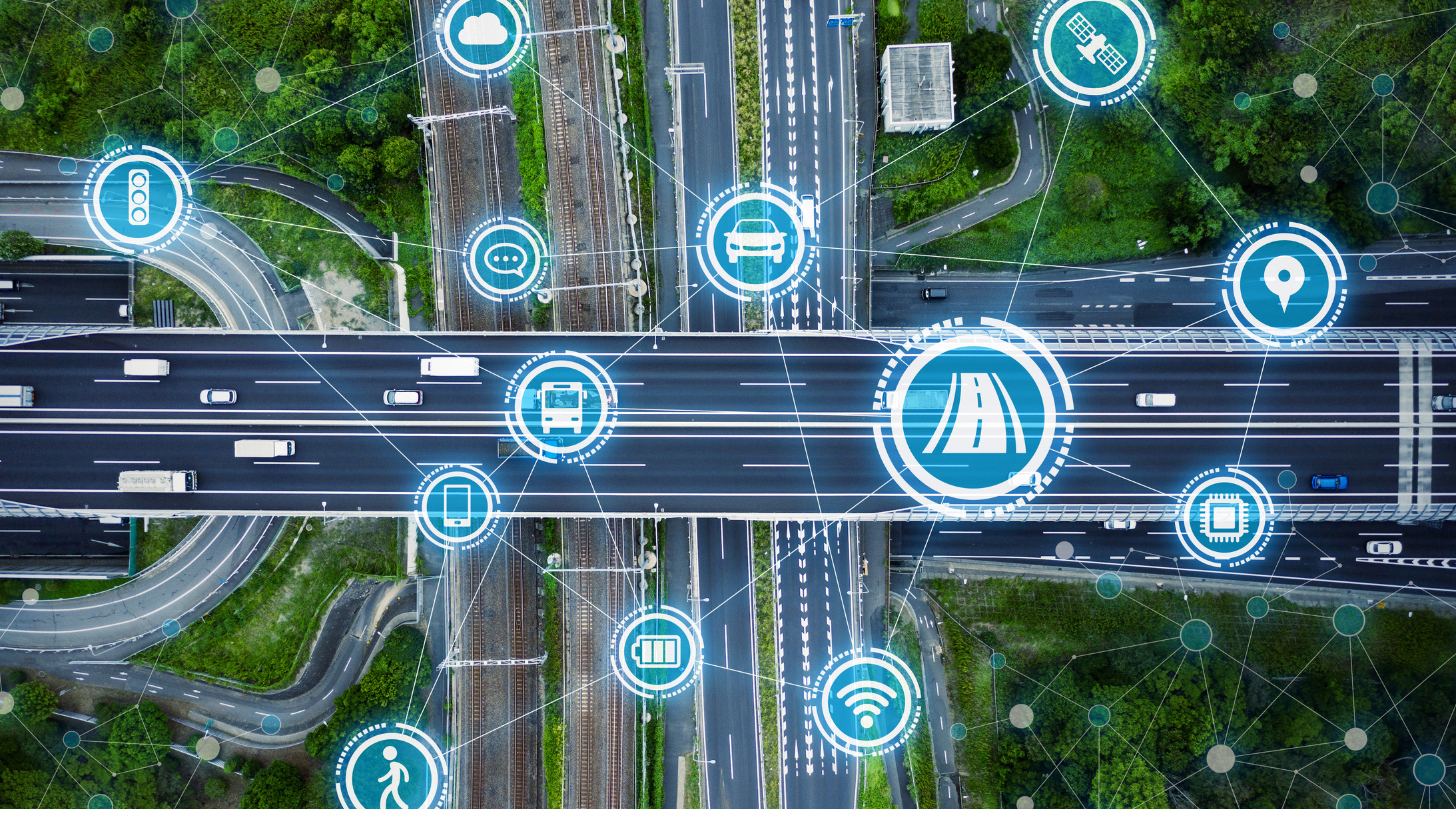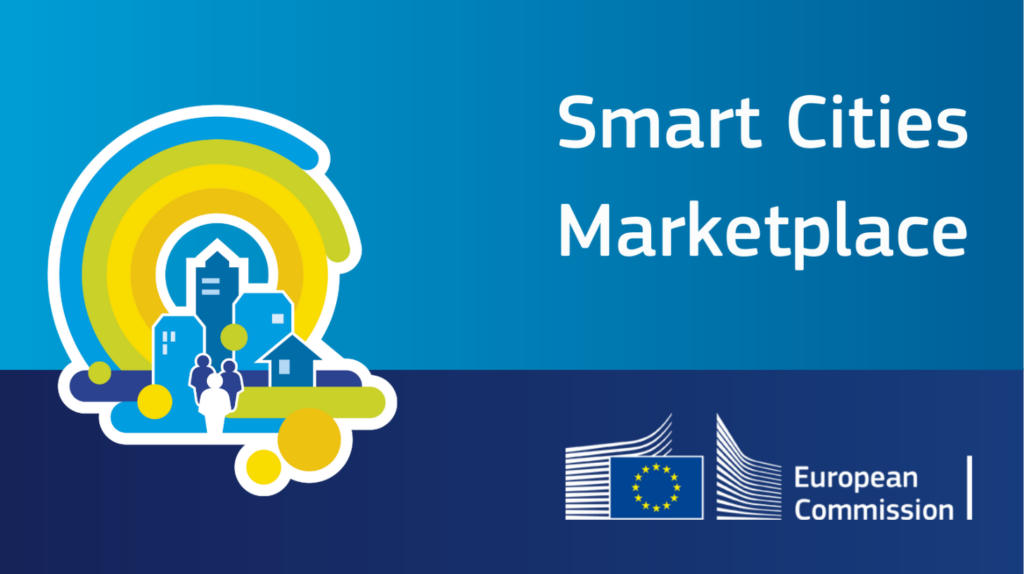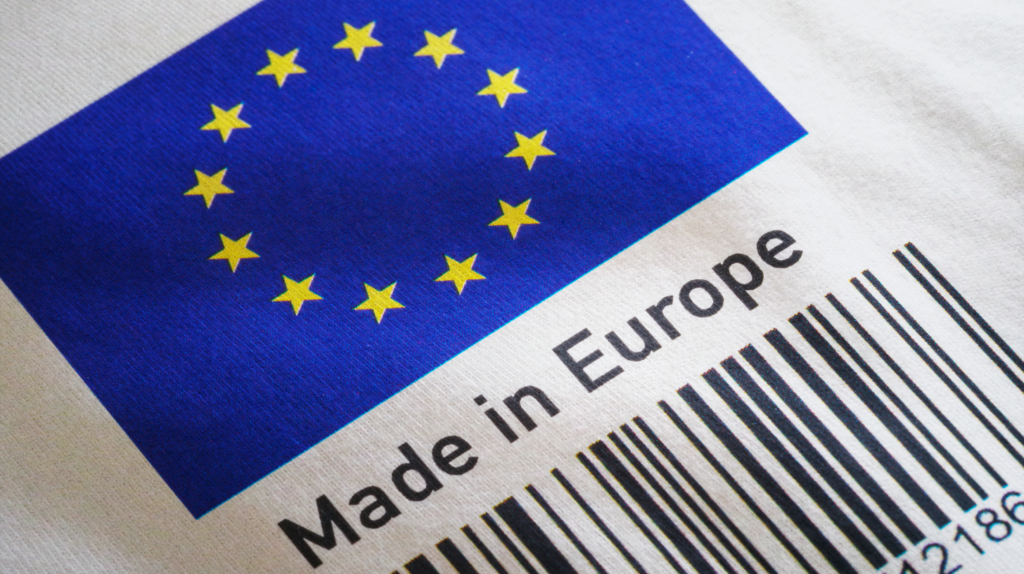The Green Cities consortium developed the blog post “Smart City Innovation: Unveiling New Technologies” under the EU-Funded Project Youth Participation for Developing Sustainable Green Cities (reference number: 2022-1-DE04-KA220-YOU-000085135). L4Y Learning for Youth GmbH is leading the project alongside partners Citizens in Power, Toplum Gönüllüleri Vakfı, Kean, Walktogether, and Kaán Károly Környezetvédelmi Egyesület.
This blogpost is based on the training content developed for the Green Cities project. For more content like this, click here. If you would like learn more about the topic, we suggest enrolling in our free online training course. In the platform, you will also find the full list of references and extra suggested reading material.
To keep up to date with the project news, follow our YouTube Channel, as well as the project’s social media pages X and Instagram. Additonally, you can also join our Discord community.
Introduction
Smart city innovation is revolutionizing urban landscapes by integrating advanced technology to enhance urban services. These innovations make cities more efficient, interconnected, and sustainable. Therefore, this blog post explores the key concepts and tools of smart city innovation, focusing on how they transform modern urban environments.
What is a Smart City?
A smart city uses advanced technology to collect and analyze data, improving the efficiency and quality of services like transportation, energy, water supply, and public safety. By integrating Information and Communication Technology (ICT) and the Internet of Things (IoT), smart cities create interconnected networks that support city management and services. Additionally, smart cities incorporate several essential elements: green spaces, cultural activities, low levels of air pollution, affordable housing, good medical services, and top-quality schools.
Examples of Smart City Technologies
Energy-Efficient Systems: In cities like Zurich, energy-efficient systems such as Power-to-Heat (P2H) technology use excess renewable energy to produce heat for buildings. In cities like Zurich, energy-efficient systems such as Power-to-Heat (P2H) technology use excess renewable energy to produce heat for buildings. Consequently, this system improves energy utilization and reduces waste. Furthermore, it supports the city’s sustainability goals.
Artificial Intelligence: AI is used in various sectors, including law enforcement and healthcare. For instance, police services use AI to predict, prevent, and detect criminal activities. Meanwhile, healthcare providers use it for the digital supervision and safety of the elderly. Additionally, AI enhances the efficiency and accuracy of these services.
Augmented Reality: Urban planners use augmented reality to visualize future infrastructures and facilities. In Zurich, stakeholders view semi-transparent 3D holograms of buildings through AR glasses. This aids in planning and design. Moreover, it allows for more accurate and collaborative urban development.
Intelligent Sensors: Oslo integrates street lights with sensors to adjust lighting based on traffic and weather conditions. This system reduces energy use by 62%, extends lamp life, and lowers replacement costs. Additionally, the sensors provide real-time data that further enhances energy management.
Real-Time Analytics and Reporting: Cities like Canberra use dashboards to combine large amounts of data for planning, design, and management. These tools help authorities monitor changes and make data-driven decisions. Furthermore, they ensure that urban planning is both efficient and responsive to real-time conditions.
Smart Parking Systems: Canberra also implements smart parking systems with solar-powered machines and smartcard ticketing, enhancing convenience and sustainability. Consequently, this approach reduces the city’s carbon footprint while improving user experience.
Future Technologies and Challenges
Urban Water Shuttle: Oslo is developing the Urban Water Shuttle to address traffic congestion and reduce emissions. This initiative represents the future of smart and sustainable urban mobility.
3D Planning Tools: Canberra uses 3D laser scanning technology (LiDAR) for urban planning. This digital twin tool helps planners visualize and test new building designs, promoting innovative and efficient urban development.
Smart Energy Solutions: Cities like Amsterdam implement intelligent energy systems that combine clean energy sources, storage technology, and energy optimization. These systems integrate electric vehicles and smart metering for comprehensive energy management.
Sustainable Network Technologies: Technologies like LoRaWAN (Long Range Wide Area Network) help measure pollution, water values, and free parking spots with low energy consumption, supporting environmental sustainability.
Citizen Involvement: Platforms like Civocracy encourage citizen participation in cities like Brussels and Lyon. These digital platforms ensure that residents have a voice in urban planning and decision-making.
Smart Mobility and Transportation: Copenhagen’s centralized platform connects traffic lights, EV charging stations, and smart metering systems, enhancing smart mobility and reducing environmental impact.
Privacy, Cybersecurity, and Socio-Economic Concerns
Privacy: Transforming cities into smart ones requires extensive data collection, raising privacy concerns. Surveillance devices, online payments, and sensors can violate privacy by recording and analyzing personal information. Therefore, transparent data collection practices and informed consent are essential to protect citizens’ privacy.
Cybersecurity: Smart cities are vulnerable to cyberattacks due to their reliance on IoT technologies. Cybercriminals target the vast amounts of data collected, risking unauthorized access and identity theft. Thus, robust cybersecurity measures are critical to safeguarding essential services.
Socio-Economic Concerns: Smart city planning can exacerbate disparities in access to services and employment. IoT technologies may not reach all socio-economic groups, leading to a digital divide. Therefore, efforts must be made to ensure inclusive access and address job displacement in traditional sectors.
Environmental Concerns: The deployment of IoT devices and sensors contributes to electronic waste and increased energy consumption. Responsible management of manufacturing processes and resource extraction is necessary to mitigate environmental degradation.
Conclusion
In conclusion, smart city innovation is crucial for creating sustainable and inclusive urban environments. By integrating technologies like IoT, AI, and data analytics, cities can optimize resources, enhance efficiency, and mitigate environmental impact. However, balancing technological advancement with ethical, social, and environmental considerations is essential for a truly smart city. Continuous adaptation and a commitment to sustainability will ensure resilient and equitable urban development.













